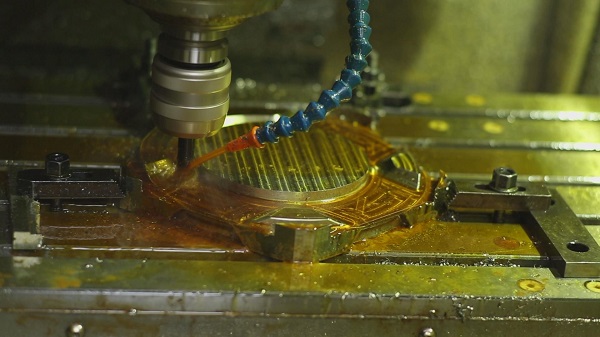Get in touch.
Dear,I will reply in 12 hours. All your message are protected!
Rapid Prototyping Services, Professional manufacturer of CNC Prototyping and 3D Prototyping in China.
CNC (Computer Numerical Control) machining offers a range of techniques for efficient and productive manufacturing. One such technique is cycle machining, which involves optimizing the CNC program to perform multiple operations in a continuous cycle. By reducing setup and tool change times, cycle machining maximizes productivity and minimizes idle time. In this article, we will explore the steps and strategies for mastering cycle machining using CNC technology.

1.Understanding Cycle Machining:
Cycle machining involves grouping similar operations together in a continuous cycle, eliminating the need for frequent tool changes and reducing setup time. This technique is particularly effective for producing multiple identical parts or performing repetitive operations. By optimizing the CNC program, cycle machining significantly improves productivity and efficiency.
2.Workpiece Preparation:
Before starting cycle machining, ensure the workpiece is properly prepared. This includes securely fixing the workpiece to the machine table or workholding device. Take into account factors such as alignment, stability, and accessibility for tooling. Proper workpiece preparation ensures accurate and repeatable machining throughout the cycle.
3.Tooling Selection:
Selecting the appropriate cutting tools is crucial for cycle machining. Consider the specific operations and materials involved. Choose tools that can handle multiple operations without compromising quality or performance. Carbide or high-speed steel (HSS) tools with long tool life and versatility are commonly used. Optimize tooling choices to minimize tool changes and maximize productivity.
4.CAM Programming:
To implement cycle machining, optimize the CNC program using CAM (Computer-Aided Manufacturing) software. Group similar operations together, such as drilling, milling, or tapping, into a continuous cycle. Define the toolpaths, cutting parameters, and machining strategies accordingly. Optimize the program to minimize machining time while ensuring accuracy and quality.
5.Machine Setup:
Proper machine setup is essential for cycle machining. Ensure all necessary tools are loaded and ready for use. Configure the machine and tool offsets according to the program requirements. Conduct thorough checks to ensure the machine is aligned, calibrated, and ready for operation. Efficient machine setup minimizes idle time and maximizes productivity.
6.Machining Process:
Execute the optimized CNC program to start the cycle machining process. The machine will automatically perform the grouped operations in a continuous cycle. Monitor the process closely to ensure proper chip evacuation, cooling, and adherence to cutting parameters. Make adjustments as needed to maintain optimal performance and quality.
7.Quality Control:
Regularly inspect the machined parts to ensure accuracy and quality throughout the cycle machining process. Use precision measuring instruments such as calipers, micrometers, or coordinate measuring machines (CMMs) to verify dimensions, tolerances, and surface finish. Implement stringent quality control measures to identify and correct any issues during the production process.
8.Continuous Improvement:
Cycle machining provides an opportunity for continuous improvement. Monitor and analyze the machining process to identify areas for optimization. Look for opportunities to refine tooling choices, cutting parameters, or machining strategies. Implement feedback and lessons learned to enhance productivity and efficiency in future cycle machining projects.
© 2005-2025 Shenzhen Tuowei Model Technologies Co., Ltd. | All Rights Reserved 粤ICP备11096697号